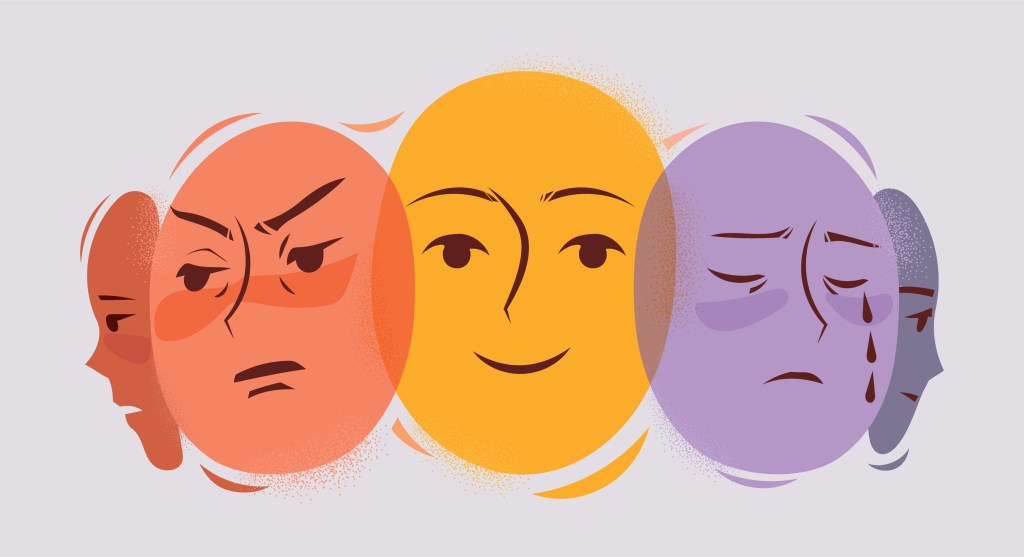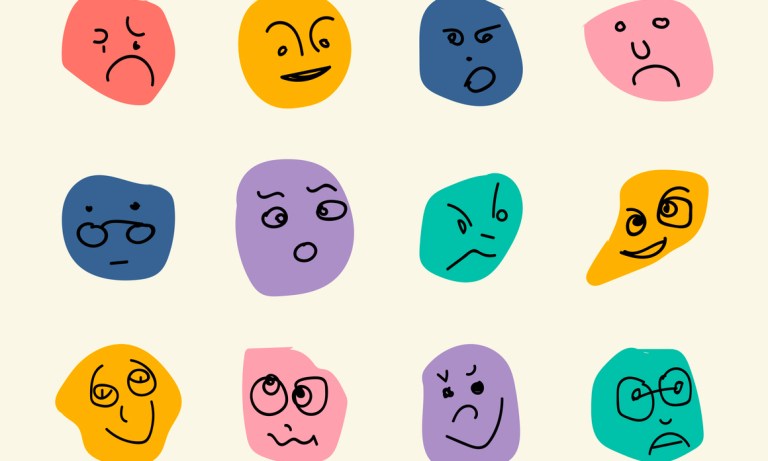A rattlesnake slithering across your path may make you antsy throughout a long hike, while stumbling upon a stunning view at the end of the trail could leave you feeling content for the remainder of the day. Each experience is a short-lived moment, but both can lead to lasting emotion. How does this happen? Scientists think they’ve found the answer.
In a recent study, a team of researchers from Stanford Medicine explained that for brief experiences to elicit long-lasting emotions, they may need to persistently communicate with widely separated structures throughout the brain over a certain window of time.

According to the team, experiences are sort of like piano notes being played in our brain. Some may set off short-lived bursts of activity — like short, staccato notes — which broadcast “news” of stimuli. Others trigger longer-lasting activity, similar to notes drawn out with the sustain pedal, which may lead to emotional responses. “You just need it to be sustained long enough to merge with and interact with other notes,” senior co-author Karl Deisseroth told NPR. “And from our perspective, this is exactly what emotion needs.”
To come to this conclusion, Deisseroth and his colleagues examined shared brain activity patterns in humans and mice. Looking to observe an experience that “would cause a negative emotion but wouldn’t be painful,” per Deisseroth, the team used eye doctor equipment to deliver timed, light puffs of air to corneas in humans and mice. The former described the air as “annoying” and “unpleasant,” and the rodents were less likely to seek out rewards after receiving the repeated puffs, evidence of their negative emotional state. Both species also squinted to protect their eyes.
Furthermore, the researchers picked up a very similar two-phase pattern in both subjects: The puffs of air first prompted shorter bursts of brain activity, only lasting about 200 milliseconds, in the brain circuits that retain sensory information. Then, over the next 700 milliseconds, they triggered longer-lasting activity in a subset of brain circuits linked to emotion. “After stimulus-specific (sensory) information is rapidly disseminated throughout the mammalian brain, a slower and more persistent (emotional) activation of brainwide networks occurs,” the authors wrote.
The team then repeated this experiment — but this time, with ketamine, an anesthetic that can cause emotional dissociation. In the ketamine trials, the initial sensory wave of brain activity was still triggered, but the second, sustained one wasn’t. “This all points to that persistent second phase of brain activity as being strongly linked to emotional state,” lead co-author Isaac Kauvar said in a press release.
Beyond offering insight into the way our brains work, these findings could provide greater understanding of certain neuropsychiatric disorders and create potential for new treatment options.

“Emotional states are fundamental to psychiatry,” said Deisseroth, who added: “It’s amazing what an unbiased brainwide screen can reveal, especially with the right technology and across millions of years of evolution.”












